On August 7, 1933, a horrific event occurred in Duhok, Northern Iraq, which is now administered by the Kurdistan Regional Government (KRG). The Iraqi government of Baghdad sent Kurdish Iraqi Gen. Bakr Sidqi to Northern Iraq, buttressed with Kurdish militias, to squash a small force of British-trained Assyrian Christians. The Indigenous Assyrians had applied for independence in 1932 after Iraq had just become its own nation in 1920. General Sidqi and his men succeeded in eliminating the Assyrian fighters, but it wasn’t enough. They continued to destroy 63 Assyrian villages between Zakho and Duhok, though some Assyrians in Northern Iraq today claim 125 villages. Sidqi’s military force marched villagers to Simele by bayonet, and ruthlessly massacred approximately 5,000 innocent non-combatants, including pregnant women, infant children and helpless elderly.
The Catholic Patriarch Mar Eshai Shimum XXIII recalled,
Girls were raped and women violated and made to march naked … Holy books were used as fuel for burning girls. Children were run over by military cars. Pregnant women were bayoneted.
British Colonel R.S. Stafford described, “A priest named Ismail who had taken refuge in the police post was driven out by the police, a rope was tied round his neck and he was kicked down the steps and dragged away by the troops, who shot him, afterwards throwing his body on the steadily growing heap of corpses.”
Shortly after, Arab and Kurdish neighbors began looting and expropriating abandoned Assyrian homes. General Sidqi returned to Baghdad to a hero’s welcome. Forty-nine Kurdish tribes sent a letter of appreciation to the Iraqi government. And today, the once predominantly Assyrian town of Simele is mostly Kurdish. This massacre inspired lawyer Raphael Lemkin to coin the term “genocide,” which we use today.
A Willfully Neglected Mass Grave Site
The grave site of the 1933 Simele Massacre is marked today by a sign which reads: “Simmel Archeological Hill.” There is no monument, no cemetery — just a large dirt hill in the middle of the bustling city, with discarded trash and unwanted junk everywhere. To add insult, a communications tower was built on top of this fenced-in hill.
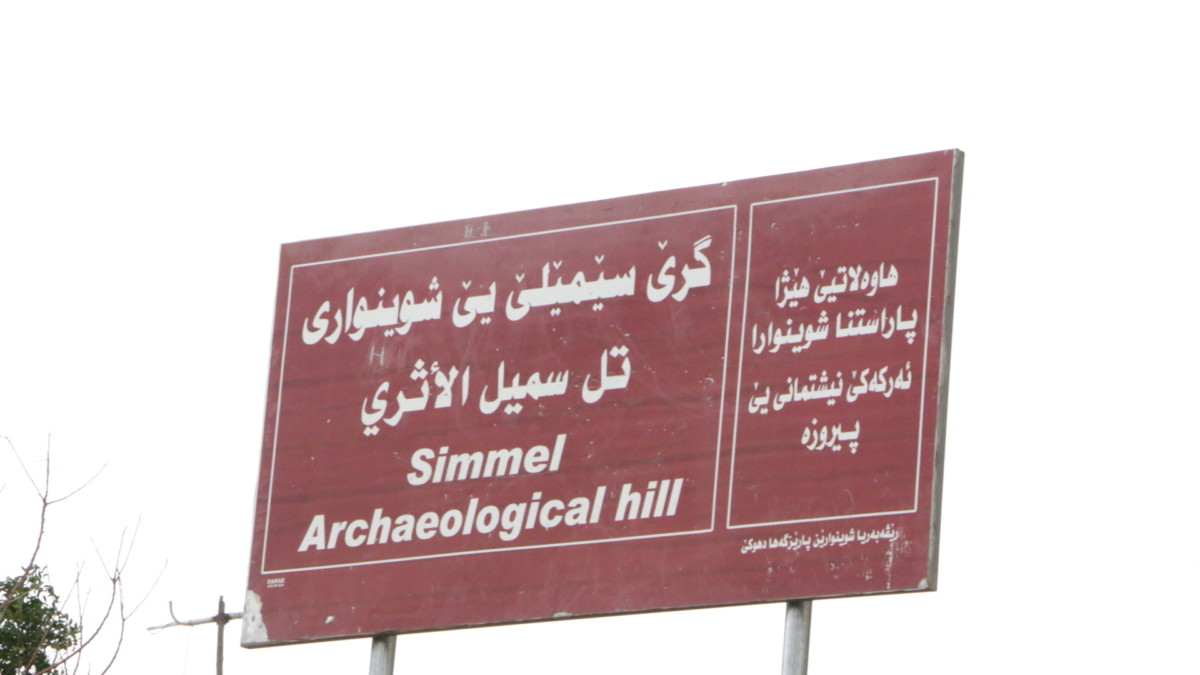
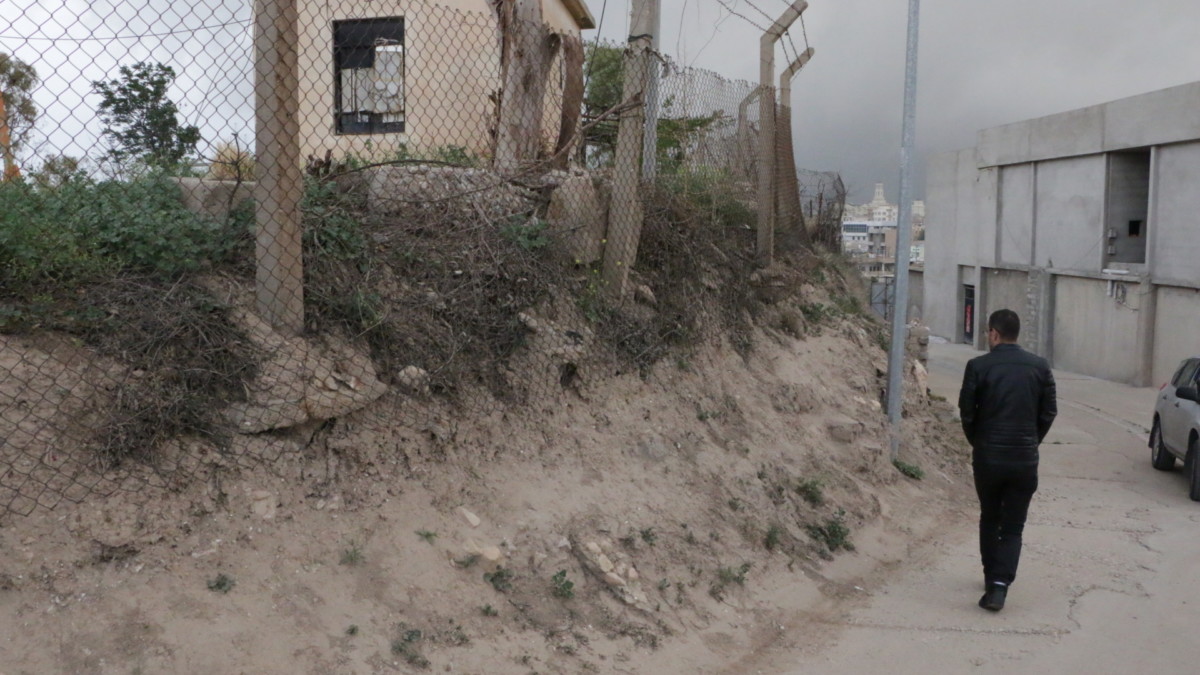
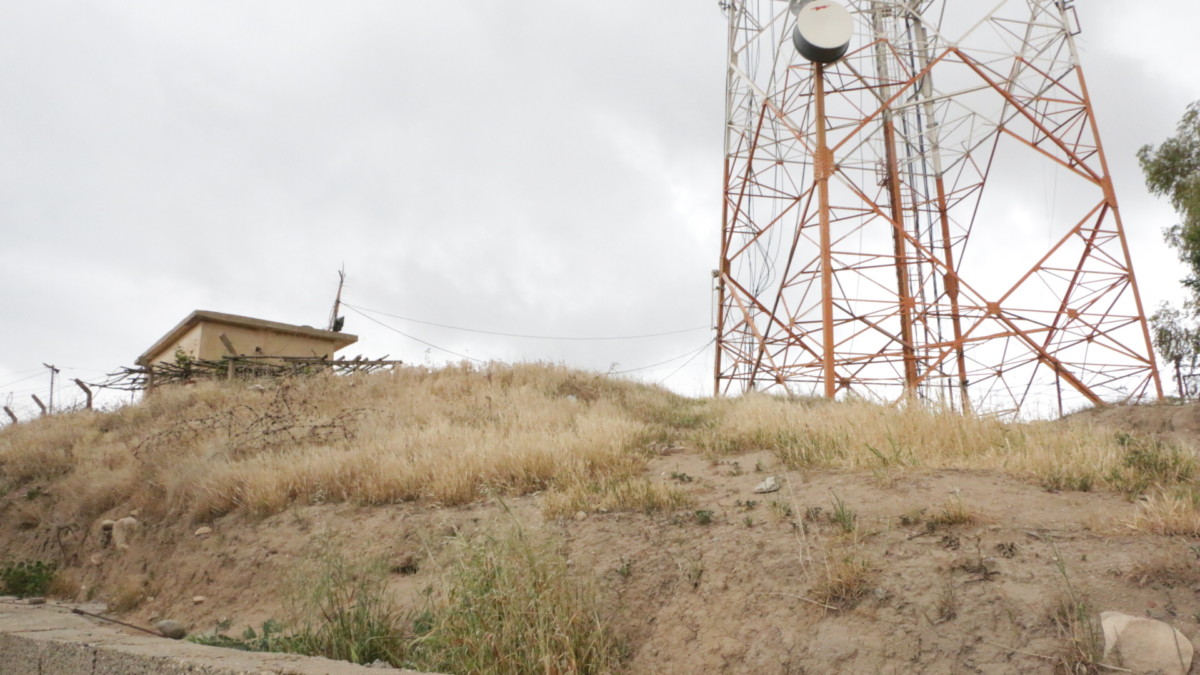
Behind the hill, the cordoned-off back exposes a deeper tragedy. One can view an exposed femur, shoulder, vertebrae and other pieces of scattered human bones. The grave today is as if the skeletons from the catacombs of France are slowly being lifted into the main streets of Paris, for all to pass on their daily routines. The hairs on one’s arm may also stand when experiencing an awful stench, eerie feeling and the nonchalance of residents. Viewing such a scenario raises queries, such as: How could so many of the 320,000 Christian expats in Kurdistan shrug with no knowledge about such neglect, or even the site’s existence? How could anyone blink at it without shame?
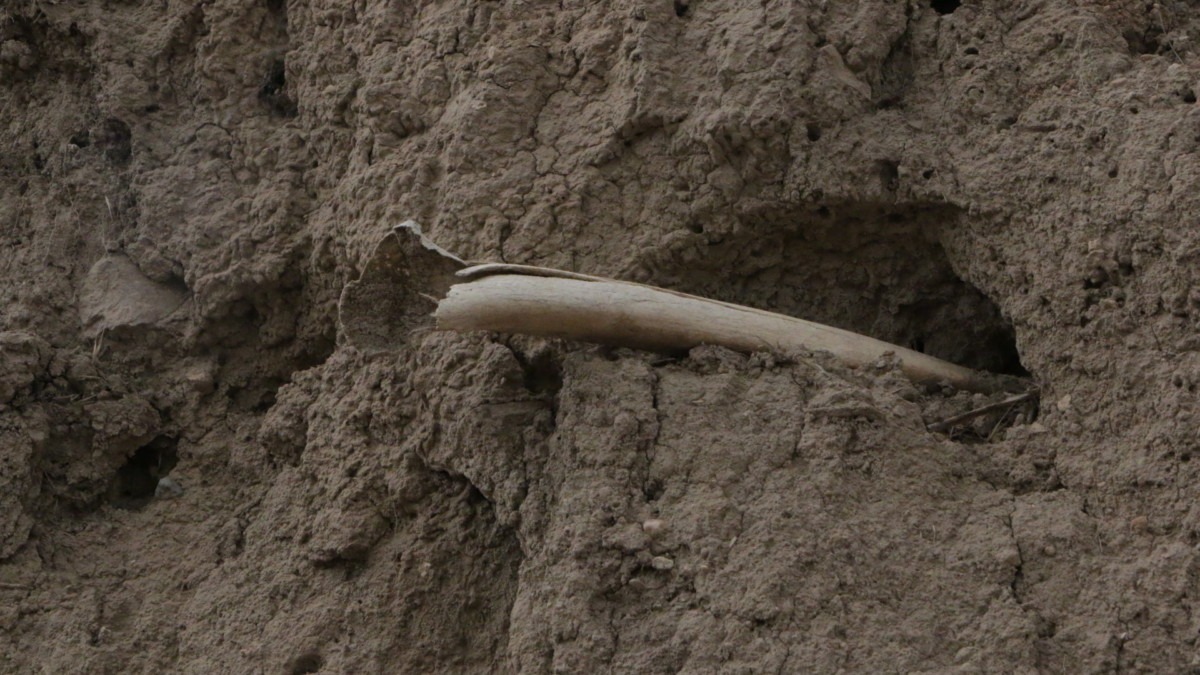
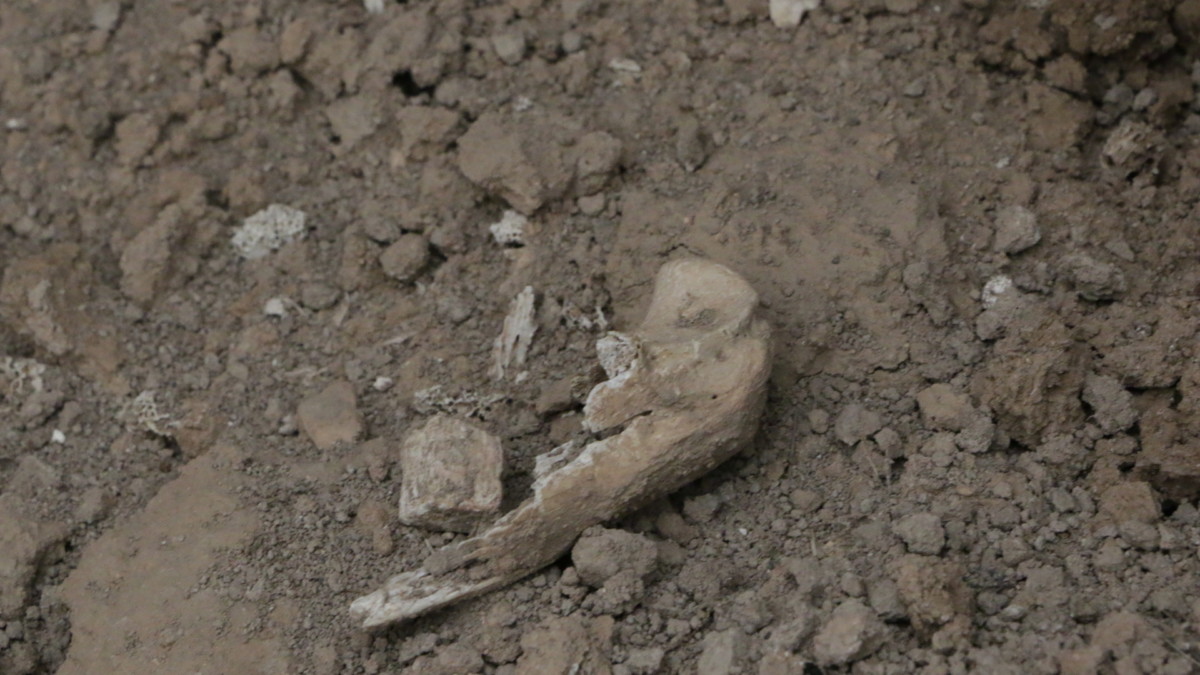
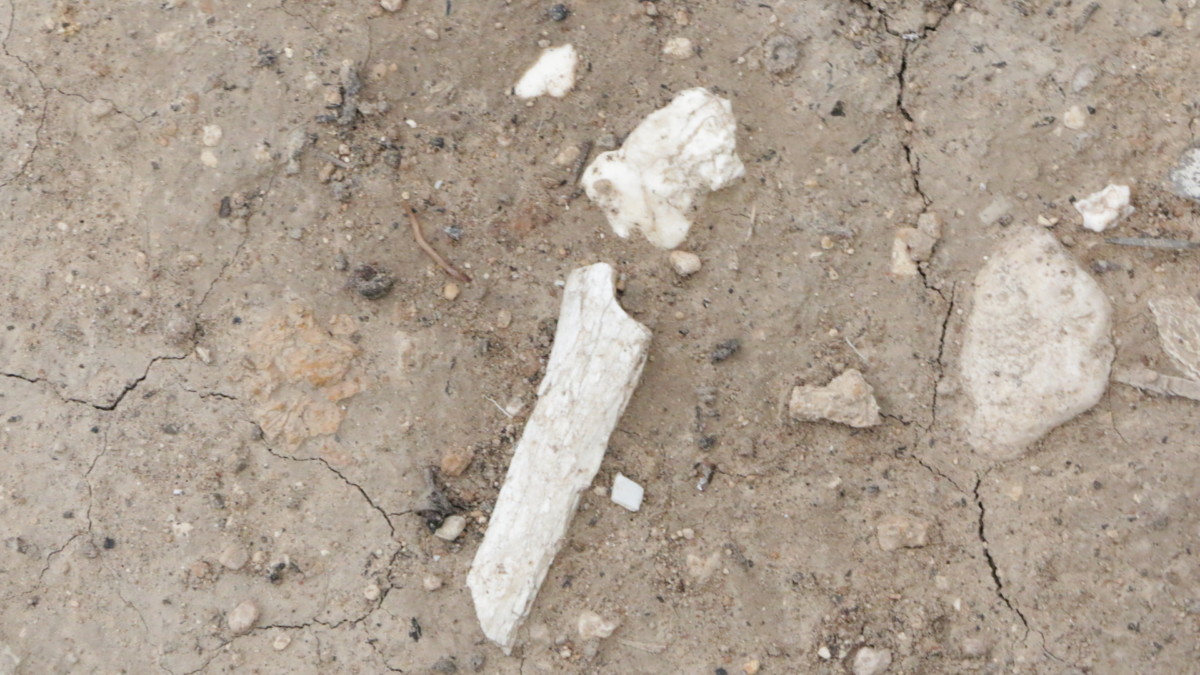
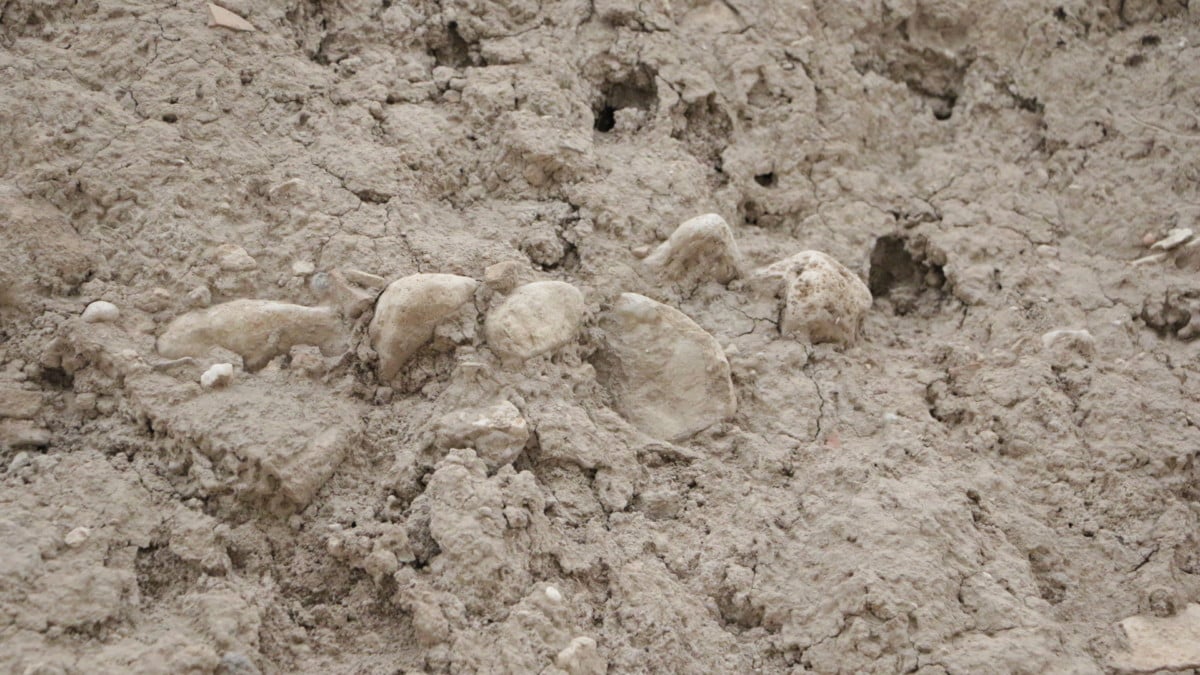
Some residents surrounding the grave will confirm that underneath this hill are Assyrian Christian skeletons from the Simele Massacre. Christians and Muslims repeat the same narrative: The dead in 1933 were callously buried with such hurry and negligence that human limbs were still protruding from the top. The relatives of those massacred were not allowed by the Iraqi government to dig up the bodies for proper Christian burial rites nor to honor them with a monument. Even today, according to some residents, the KRG will not allow a reburial or a monument.
Those who perform research of the massacre online will discover Facebook videos, such as one with an Assyrian man crying beside an exposed skeleton on the back side of the hill. Others will also find YouTube videos of Assyrian survivors of this brutal massacre.
An American expat who traveled to the gravesite with me, Fernando Espinaca Verde, expressed his own experience at the grave: “I was absolutely astounded by the blatant disrespect shown to the individuals murdered here by not giving them a proper burial after 85 years, in addition to the fact that there are residences, stores and food shops all within 100 feet of the mass grave.”

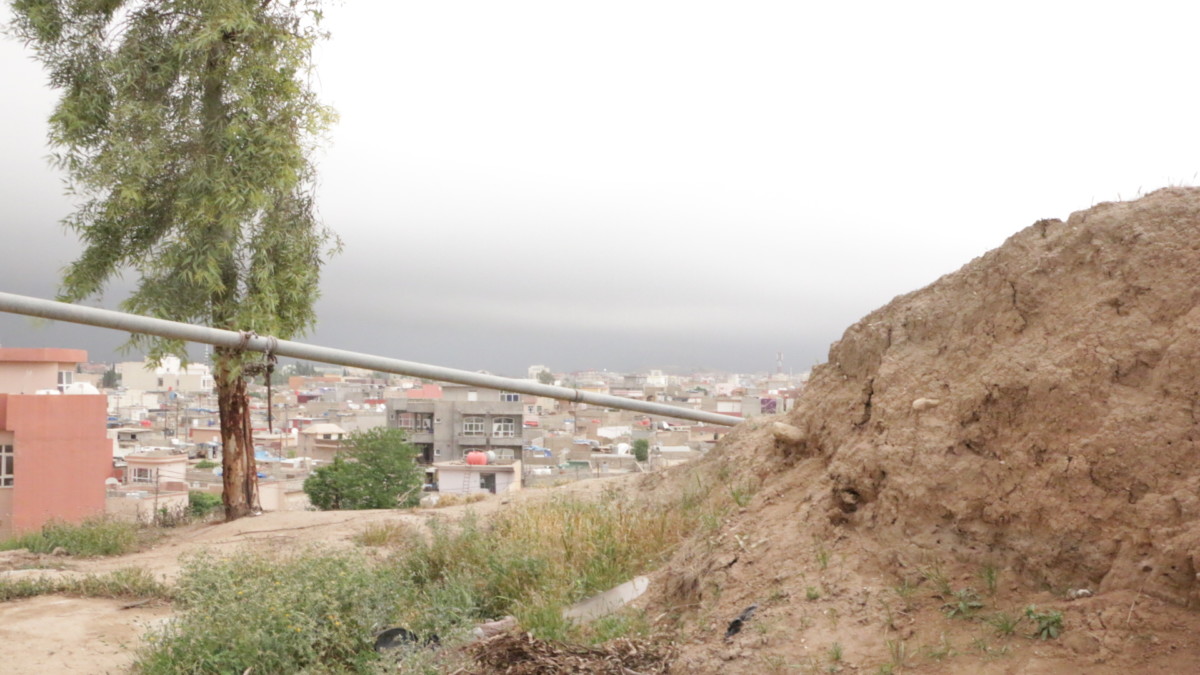
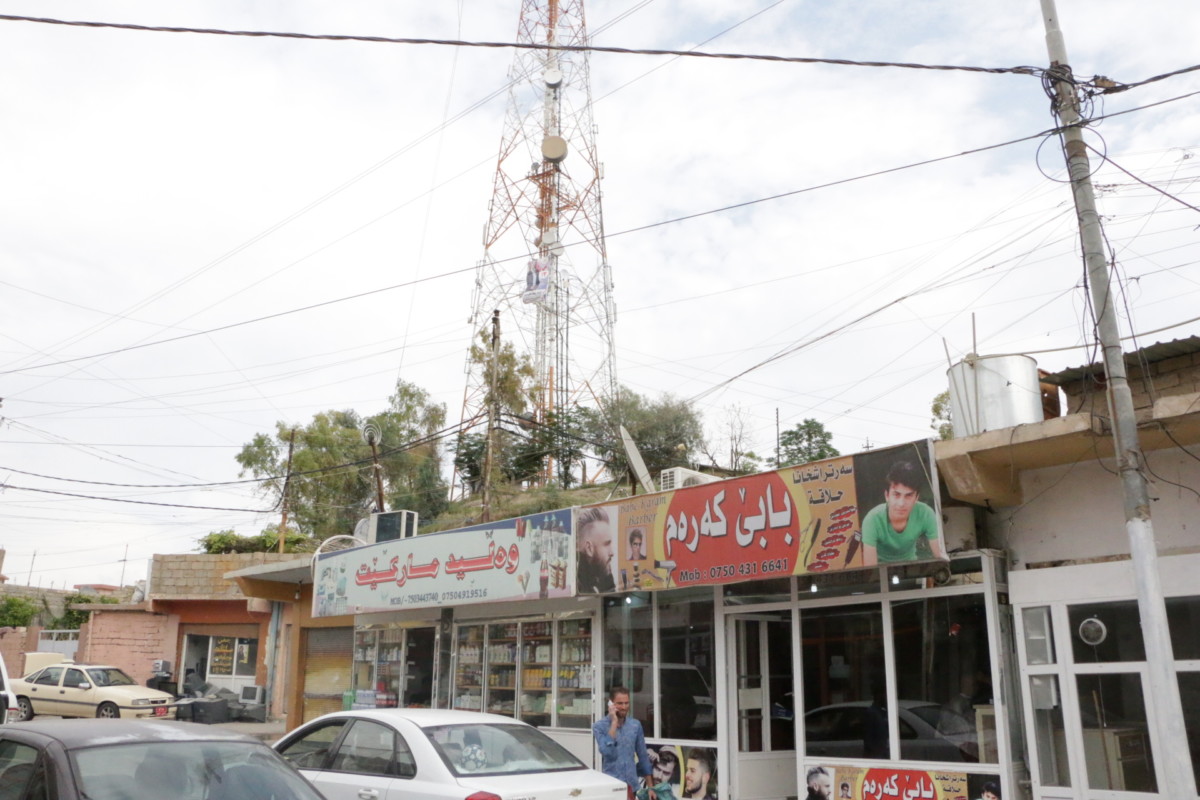
KRG Discrimination Against Assyrians
Today, media outlets are right to laud the KRG’s fight against ISIS (also known as Daesh). However, as some bloggers and journalists have highlighted the tragic 2004 death of KRG Deputy Prime Minister Sami Abdul Rahman, and the innocent Kurds who died in Halabja on March 12, 1988, in order to garnish public sympathy to legitimize the KRG, one is compelled to shake their head in disgust. One can only feel disgust because the stories don’t acknowledge Christian discrimination in Kurdistan.
The KRG built a beautiful cemetery and monument for the 5,000 victims of Saddam Hussein’s chemical attack against Halabja, and a park and monument in Erbil for Sami Abdul Rahman. Yet the KRG has persistently refused to allow or help fund their Kurdish Christian citizens to build the same for the 5,000 Simele Massacre victims from 1933, or for the other many unmarked mass graves of innocent Assyrian victims from this and other massacres of Northern Iraq. Each successive government in Iraq has refused the Assyrians the right or refused to help them properly honor their mass graves with cemeteries or monuments. It is a gossamer act of denying the Assyrian Christians their symbolic legitimacy as the Indigenous residents of Northern Iraq.
Consequently, past Iraqi governments have justified the occupation and theft of Assyrian lands throughout history. People I have interviewed in my travels claim that Kurdish groups related to top members of the KRG are currently stealing Christian lands today, as Saddam Hussein’s and other Iraqi government did in the past in the villages of Nahla, Babelo, Kori Gavana, Barwa and others.
This continuous occupation of Assyrian lands by the KRG, in addition to the neglect of the 1933 Simele grave, seriously compels one to wonder: Is the KRG also following the same historical pattern as prior governments?
Assyrians Genocide Deserves a Monument
The 1933 Simele Massacre was the last attempt of Assyrians to fight back against millennia of persecution since 612 BC by Persians, Turks, Arabs and Kurds, which ended in equal tragedy. In the eyes of the Iraqi Arabs and Kurds, the Assyrians were traitors aligned with the British, just as Saddam viewed Kurds in Halabja as aligned with Iran. The lack of media attention on the Assyrian plight has resulted in UNESCO now listing the Assyrian language as endangered, and a once predominantly Assyrian population in Northern Iraq of millions prior to 2003, now numbers a few hundred thousand.
One hopes that international funding materializes and KRG permission is granted to excavate the victims of the 1933 Simele Massacre and inter them in a cemetery and/or to construct a monument. The 1933 Simele grave in juxtaposition to Sami Abdul Rahman Park and Halabja monuments demonstrate clear inequality between the KRG’s treatment of Kurds and Assyrian Christians.
Our most important fundraising appeal of the year
December is the most critical time of year for Truthout, because our nonprofit news is funded almost entirely by individual donations from readers like you. So before you navigate away, we ask that you take just a second to support Truthout with a tax-deductible donation.
This year is a little different. We are up against a far-reaching, wide-scale attack on press freedom coming from the Trump administration. 2025 was a year of frightening censorship, news industry corporate consolidation, and worsening financial conditions for progressive nonprofits across the board.
We can only resist Trump’s agenda by cultivating a strong base of support. The right-wing mediasphere is funded comfortably by billionaire owners and venture capitalist philanthropists. At Truthout, we have you.
We’ve set an ambitious target for our year-end campaign — a goal of $150,000 to keep up our fight against authoritarianism in 2026. Please take a meaningful action in this fight: make a one-time or monthly donation to Truthout before December 31. If you have the means, please dig deep.